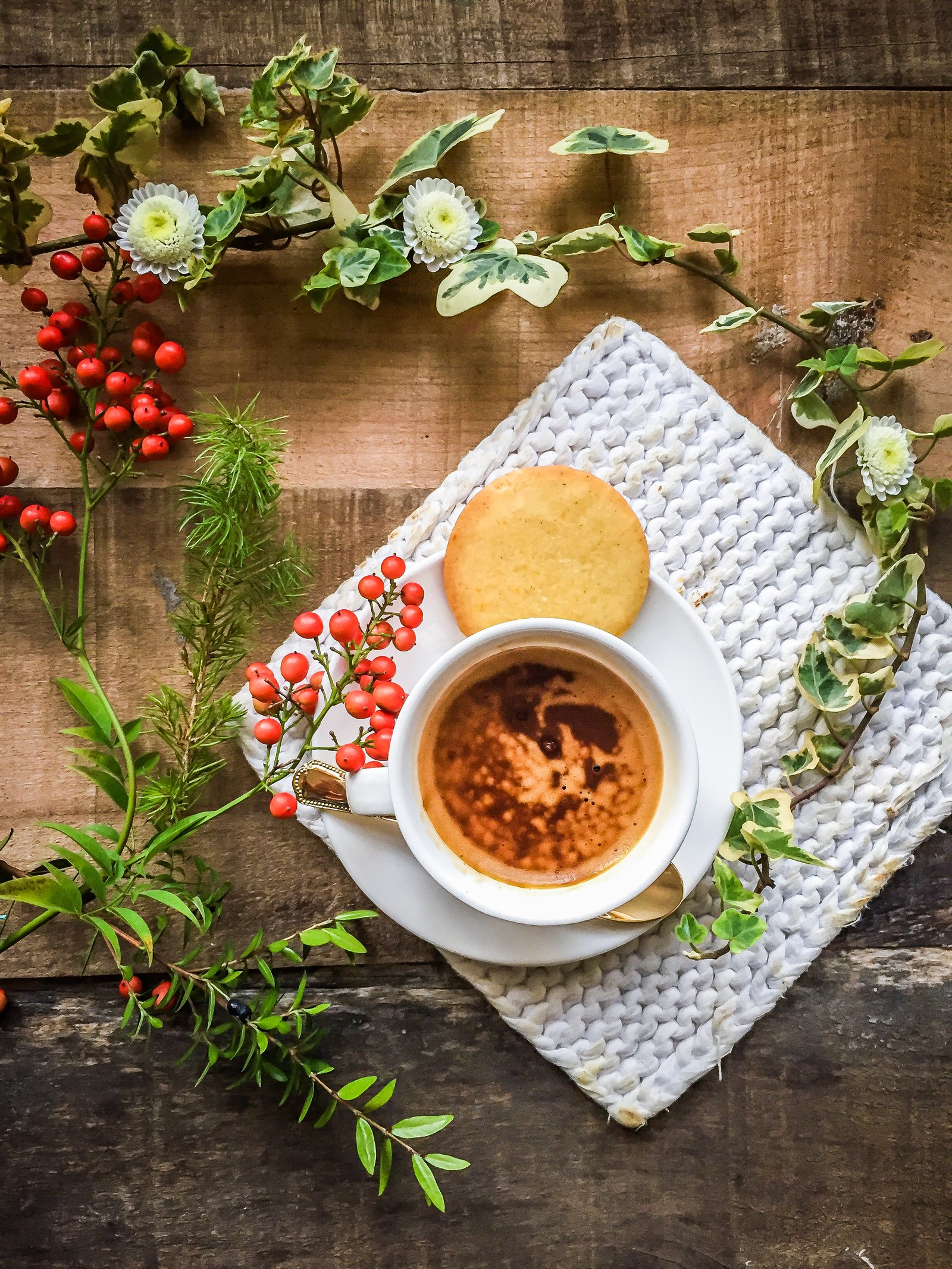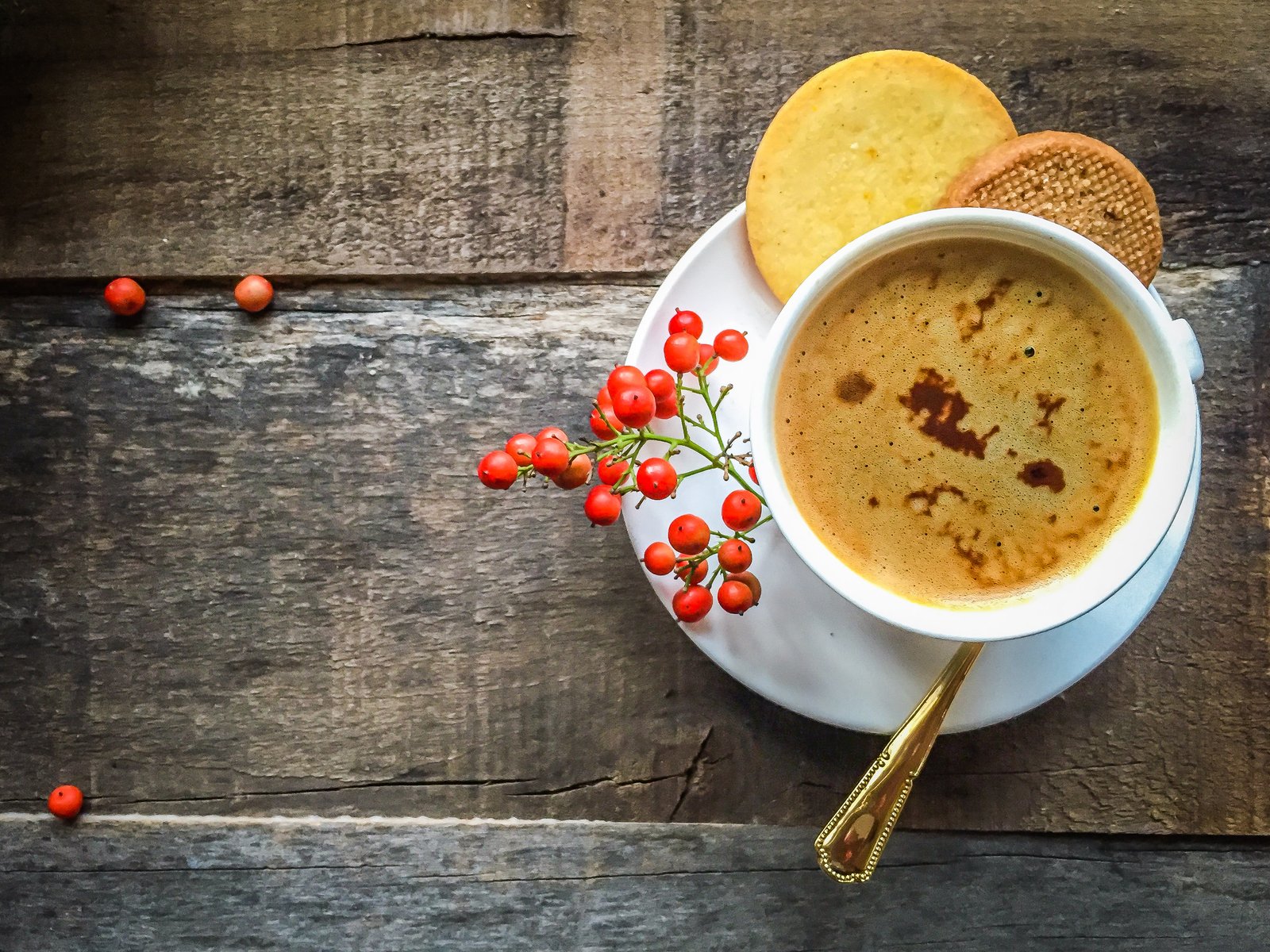Perfect cookies. Too many times I’ve typed these two words into Google search bar, only to land on the usual cookies with a thousand variations, intriguing-but-heavy. I was always looking for something totally different: the crumbly cookie, the fragrant and buttery shortbread, the citrus fruity biscuit, the spicy cookie.
Dream Lucia, dream. Cookies with a capital C are a technical and artistic manifestation, not something for amateurs, and while I write this I think of Mrs Bettina, who managed to turn this art into business (Biscotteria Bettina), a gem for my city.
And yet at the end of the day a bad, heavy biscuit is the product of a few, but carefully wrong, choices: poor quality butter and chemical flavourings.
Everything else is quality and yes, a bit of technique. But this is taking it a step further already: if we diligently mix good ingredients, we will get good cookies, although they may not have the shape of Giotto’s perfect circle. Anyway, while I am at it, I shall not spare any detail: because substance is essential, but not enough for the underwritten.
The recipes of these cookies are by Italian Chef Andrea Valentinetti, who worked at various stages for a number of well-known starred restaurants in Italy. I made them, one after the other, during a workshop at cooking and pastry school Hangar 78.
The pace of production was the same of an assembly line: knead, compact, roll out, cool down, cut, bake, and then back again from the start for three more times, with a few variations in terms of ingredients. Stage fright and the inhuman effort of trying and jot down every tiny tip and by 23:00 I was wrecked, also thanks to the previous nine hours of peaceful work as a sales executive.
Told in this way, the story doesn’t sound very poetic…but if it were easy perhaps Google would have given me loads of perfect recipes, isn’t it?
Half the job is done, all steps and tips are only a few lines away. Therefore sit down and let’s start from the end: get your cups and boil the kettle.

Dream cookies
TIPS
1. Use butter of excellent quality. It must be at room temperature, therefore it’s important to take it out of the fridge a few hours beforehand or even better the night before.
2. Cookies keep for up to a few weeks as long as they are in tin or ceramic containers: don’t use transparent containers as light will make the butter go rancid and the cookies may no longer be safe to eat.
3. Wet ingredients like eggs and milk must always be added slightly warm, i.e. at approximately 28/30° C.
4. For cookies that are smooth on both sides and with no bumps I recommend using perforated silicone mats instead of baking paper. The mat must be placed on an aluminium perforated baking sheet (the ones with small holes). This allows the hot air to reach evenly the entire surface of the biscuits and they will be uniformly cooked.
5. To get the same thickness in all cookies, you can use rolling pin rings, they work really well.
6. When adding flour, which must be specific for shortcrust / cookies (i.e. with a W around 140/160), never work the dough any longer than the time strictly required to combine well all ingredients, otherwise gluten will form.
7. For the frollini Milano and the sablés, roll out the cold dough within two sheets of baking paper, dusting with flour on both sides every now and then. Cut the cookies directly onto the baking paper: press the cookie cutter into the dough and then lift it, so that the cookie remains inside. Move it onto the silicone mat and slowly remove it from the cutter, gently pressing with your fingers. Transfer the cookies into the freezer and cook from frozen.
8. Expect the cookies to be really soft when you turn them half-way through cooking: use a small spatula and a knife and be very careful not to break them.
9. Cooking times may need to be adjusted depending on your oven, the diameter and thickness of cookies and their temperature when placed into the oven. Estimate the right time by checking the cookies color and how it turns to gold.
EQUIPMENT
Aluminum baking sheets, if possible perforated (not racks)
Silicone mat or baking paper
Food machine with k-whisk
Piping bag with star tip of approx. 1.5 cm diameter (for cacao frollini)
Cookie cutters (for frollini Milano and sablés, I used 4 and 5 cm diameter)
Microwave (optional)
Bowl
Rolling pin
Grater
INGREDIENTS & METHOD
for perfect cookies
Sablés bretons
300 g butter at room temperature
500 g flour for shortcrust / cookies
1 vanilla pod
5 g salt
90 g egg yolks
200 g powdered sugar
Grated zest of lemon and orange
In the bowl of the food mixer, with k-whisk attachment, add the butter at room temperature, the seeds of the vanilla pod and the zest of citrus fruits. Mix at medium speed for about one minute until butter and flavours are well combined. Stop the mixer and gather together the mixture on the bottom, carefully removing it from the sides. Start the food machine again at medium speed and add the first half of the flour and salt, then add the second half. When crumbs start to form, stop the machine. In a small bowl, beat the egg yolks then heat in the microwave at maximum power for 5 seconds. Stop, mix the eggs, then heat again for another 5 seconds. You should bring the yolks to a temperature of 30° C.
Slowly add the egg yolks to the mixture in the food machine bowl; once they are well combined, add the powdered sugar. Stop the machine once the mixture begins to form bigger blocks. Place the mixture on your worktop, covered with baking paper. Flatten the dough and roll it out among two sheets of baking paper until it is 3 or 4 mm thick. Place it, rolled out, in the freezer. Once hardened, cut cookies of the preferred shape and size, transfer them onto the baking tray covered with the Silpat (or, if you don’t have a silicone mat, with baking paper), ensuring to keep some distance between each cookie and the next, and bake for approximately 12/14 minutes at 160° C.
Half way through the baking, you can take out the tray and turn the biscuits to ensure they are evenly cooked. Once ready, open the door of the oven, lower the temperature to 100° C and leave for 10 more minutes.
You can keep the rolled out dough in the freezer for a few days. Once needed, cut the cookies and place straight away in the oven. You don’t need to defrost them first.

Sablés bretons
Shortcrust Milano biscuits
250 g butter at room temperature
1 vanilla pod
Grated zest of lemon and orange
4 g salt
250 g powdered sugar
500 g flour for shortcrust / cookies
100 eggs (approximately 2)
In the bowl of the food mixer, with k-whisk attachment, add the butter at room temperature, the seeds of the vanilla pod and the zest of citrus fruits. Mix at medium speed for about one minute until butter and flavours are well combined. While mixing, add the salt. Stop the mixer and gather together the mixture on the bottom, carefully removing it from the sides. Add the sugar and mix until well combined. Add the first half of the flour, combine and then add the second half. When crumbs start to form, stop the machine. In a small bowl, beat the egg yolks then heat in the microwave at maximum power for 5 seconds. Stop, mix the eggs, then heat again for another 5 seconds. You should bring the yolks to a temperature of 30° C.
Slowly add the egg yolks to the crumbly dough in the food machine bowl and mix until well combined.
Place the mixture on your worktop, covered with baking paper. Flatten the dough and roll it out among two sheets of baking paper until it is 3 or 4 mm thick. Place it, rolled out, in the freezer. Once hardened, cut cookies of the preferred shape and size, transfer them onto the baking tray covered with the Silpat (or, if you don’t have a silicone mat, with baking paper), ensuring to keep some distance between each cookie and the next, and bake for approximately 12/14 minutes at 160° C.
Half way through the baking, you can take out the tray and turn the biscuits to ensure they are evenly cooked. Once ready, open the door of the oven, lower the temperature to 100° C and leave for 10 more minutes.
You can keep the rolled out dough in the freezer for a few days. Once needed, cut the cookies and place straight away in the oven. You don’t need to defrost them first.

Shortcrust Milano biscuits
Orange and cacao Frollini
40 g cacao powder
360 g flour for shortcrust / cookies
300 g butter at room temperature
5 g grated orange zest
1 g salt
200 g powdered sugar
50 g eggs
20 g egg yolks
Sift cacao and flour into a bowl and set aside.
In the bowl of the food mixer, with k-whisk attachment, add the butter at room temperature and the orange zest. Mix at medium speed for about one minute until butter and zest are well combined. While mixing, add the salt. Stop the mixer and gather together the mixture on the bottom, carefully removing it from the sides. Add the sugar and mix until well combined. Add the first half of the flour, combine and then add the second half. When crumbs start to form, stop the machine. In a small bowl, beat the eggs and egg yolks then heat in the microwave at maximum power for 5 seconds. Stop, mix the eggs, then heat again for another 5 seconds. You should bring the yolks to a temperature of 30° C.
Slowly add the eggs to the food machine bowl and mix until well combined.
Add the flour and cacao, one half first, then the second half: mix until well combined then pour into the piping bag, using a star tip. The dough should be creamy but firm.
Form small sticks or rings onto the baking tray covered with Silpat or baking paper, leaving enough space between the cookies (the dough will be hard enough so you’ll need to press well on the bag) and place in the freezer for approximately 30 minutes. Bring the oven in fan-assisted mode to 160° C and bake for approximately 18/20 minutes.
Once ready, open the door of the oven, lower the temperature to 100° C and leave for 10 more minutes.
You can keep the rolled out dough in the freezer for a few days. Once needed, cut the cookies and place straight away in the oven. You don’t need to defrost them first.

Orange and cacao Frollini
Speculoos
9 g baking powder
500 g flour for shortcrust/cookies
260 g butter at room temperature
1 vanilla pod
10 g ground cinnamon
Grated zest of 1 organic lemon
5 g salt
75 g caster (superfine) sugar
250 g cane sugar
65 g eggs
20 g full fat milk
In a bowl mix the flour and the baking powder (no need to sift).
In the bowl of the food mixer, with k-whisk attachment, add the butter at room temperature, the seeds of the vanilla pod, the cinnamon and the lemon zest. Mix at medium speed for about one minute until butter and flavours are well combined. While mixing, add the salt. Stop the mixer and gather together the mixture on the bottom, carefully removing it from the sides. Add the two types of sugar and mix until well combined. In a small bowl, beat the eggs with the milk then heat in the microwave at maximum power for 5 seconds. Stop, mix the eggs, then heat again for another 5 seconds. You should bring the yolks to a temperature of 30° C. Slowly add the eggs to the food machine bowl and mix until well combined. Add the first half of the flour and baking powder, then add the second half. When the dough begins to form into blocks, stop the machine.
Place the mixture on your worktop, covered with baking paper, and create two cylinders of approximately 3.5 cm diameter. Wrap them with baking paper and place them into the freezer to firm up. When the dough is very hard to the touch, cut discs 7 mm thick and place them onto a Silpat (or a sheet of baking paper), leaving some space between each cookie, and place again in the freezer for approximately 20 minutes.
Bake for approximately 18 minutes at 160° C. After about 12/15 minutes, you can take out the tray and turn the biscuits to ensure they are evenly cooked. Since they are thicker than frollini Milano and sablés they will probably require a few more minutes in the oven. Check the cookies color and see how it turns to gold to know when they are ready.
Once ready, open the door of the oven, lower the temperature to 100° C and leave for 10 more minutes.
For a more rustic effect, brush the discs with egg yolks and then in the cane sugar.

Speculoos







No Comments